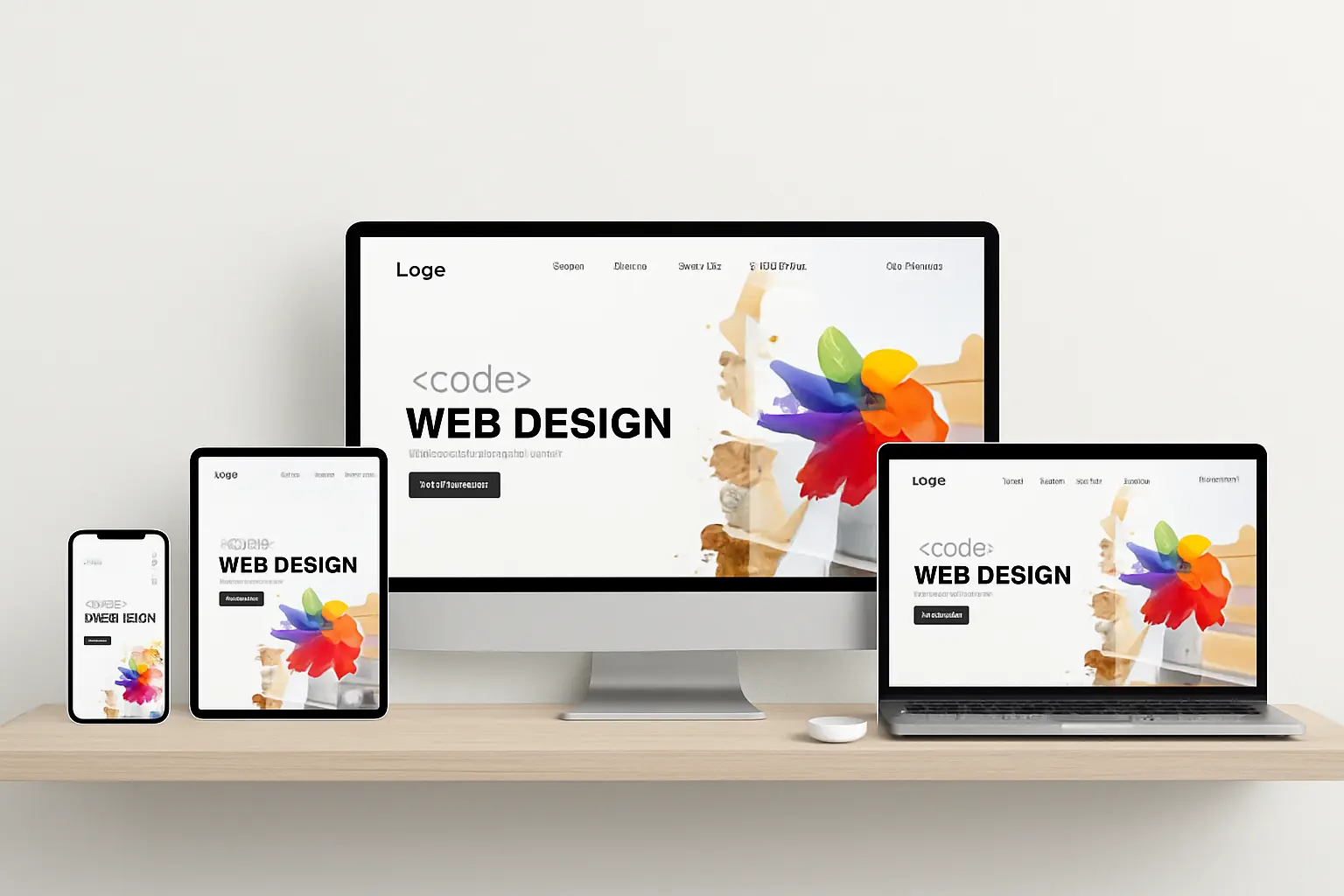Introduction
Core Web Vitals are the most significant development in SEO recently, and you should not ignore it at all costs. After all, it is going to have a massive impact on how Google indexes your website! As a part of the digital marketing community, we find it important for our readers to understand Core Web Vitals and their application on a business website. Therefore, we have shared everything you need to know about Core Web Vitals. Let’s get started, shall we?
What are Core Web Vitals?
Core Web Vitals, as Moz defines, are:
“A set of standardized metrics from Google that help developers understand how users experience a web page.”
Website vitals help developers identify issues on a website pertaining to page loading performance, ease of interaction, and visual stability from a visitor’s perspective. These metrics allow developers to fix the technical issues across a site and develop a better user experience.
Although you cannot speculate on a website’s performance by tracking these metrics, you can always use them for troubleshooting in the most methodical way possible. Let’s understand why we need to learn about Core Web Vitals.
Why are Core Web Vitals important?
Page Experience Signal – one reason why you need to consider Core Web Vitals with utmost care. Google announced that it would be launching Page Experience Signal containing the Core Web Vitals like intrusive interstitial guidelines, HTTPS-Security, mobile-friendliness, safe-browsing, and others.
The idea is to encourage website owners to curate their sites more for customers and less for web crawlers. Google wants to offer a high-quality user-first experience and rank websites on their ability to meet user needs without compromising with the Core Web Vitals.
SEO experts are working hard to understand and implement the changes Google recommends. Meanwhile, you will find them working on improving your site’s overall functionality and the UX.
However, the impact of Core Web Vitals on a site’s search rankings is still not clear. Regardless, we suggest you get well-acquainted with Core Web Vitals and optimize your site to the best of your ability. After all, it is only going to help your site run efficiently in the long run.
Understanding the Core Web Vitals
What do Core Web Vitals entail? Let’s discuss them in detail to understand the new Page Experience Signal better. Following are the official vitals that Google will use to assess the sites:
- Largest Contentful Paint (LCP)
Largest Contentful Paint is the Core Web Vital that helps developers assess whether or not visitors will find a page useful, based on the site’s loading time. We all know that the information on a website needs to pull up faster to provide a seamless user experience.
Loading time or speed is a critical search engine ranking factor in Google. Therefore, it impacts a site’s overall engagement and conversion rates. Largest Contentful Paint helps measure content blocks like images, video poster images, background images, block-level text, and more. We highly recommend developers aim for an LCP of fewer than 2.5 seconds.
- First Input Delay (FID)
First Input Delay or FID, as the name suggests, tracks the input latency. Input latency is essentially the time website takes to register an input from a user. You can easily identify pages that aren’t performing well to the inputs and improve their input latency.
It’s quite understandable that modern-day websites can take some time to respond to user’s input as they have advanced technologies and enhancements installed. But, such enhancements can significantly reduce user retention on your site and cause a significant drop in sales and conversions.
Thus, FID makes sure that website pages remain highly responsive, especially when loading element inputs from a user. We suggest you ensure that FID on your site is below 100 milliseconds.
- Cumulative Layout Shift (CLS)
Cumulative Layout Shift or CLS helps developers figure out the page layout on a website. This is implemented to make it easier for users to interact and engage with the elements present on a page. CLS, therefore, helps to drive more sales and conversions for a business website.
The metric tracks the performance of elements like links or buttons once the site has loaded completely. It measures how easily users engage with such elements. CLS also ensures that no element changes forms or placement when the users are busy reading. Once the CLS is maintained on the site, it gets easier to drive clicks, improve usability and boost sales.
CLS takes care of factors like layout shift, impact fraction, and distance fraction. In simple words, it measures the visual stability of every page on your site and helps it run better from a user perspective. We suggest you maintain a Cumulative Layout Shift of 0.1 or less.
Keep reading!
We know this is a lot to take in. But, it’s time you start discussing Core Web Vitals with your developer and SEO expert. This will be a giant leap in your SEO journey, one that will define whether or not you value your website visitors. Have additional questions? Let us know in the comments section! Don’t forget to check out other informative posts in the blog section.
Must Read:



